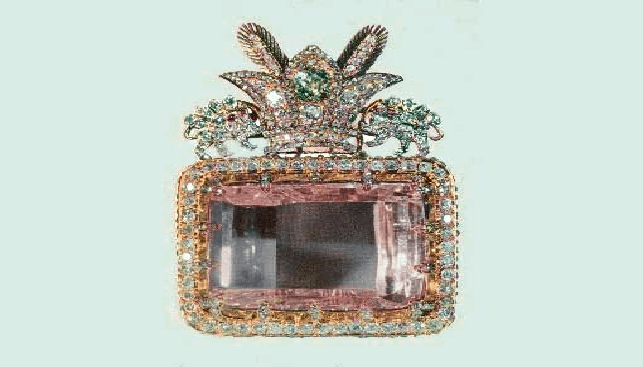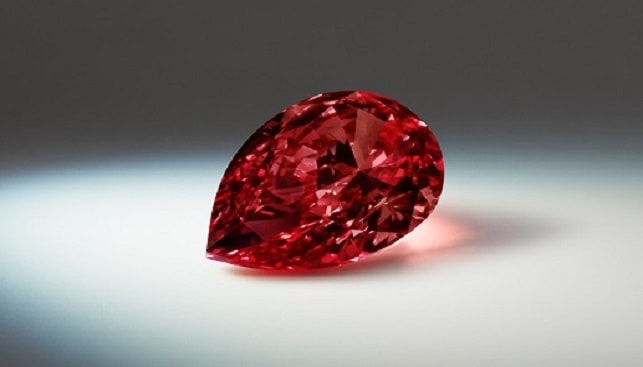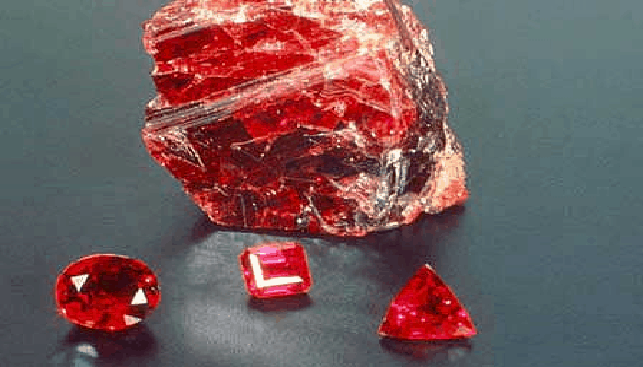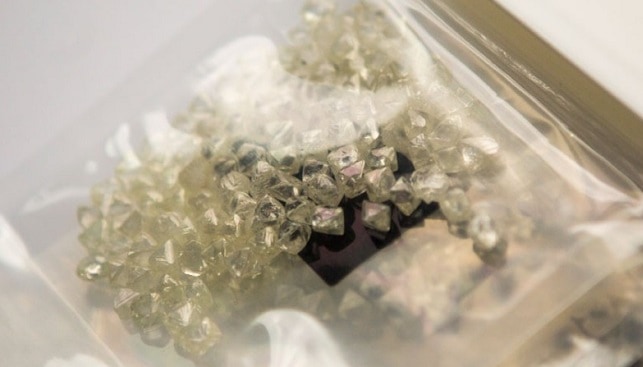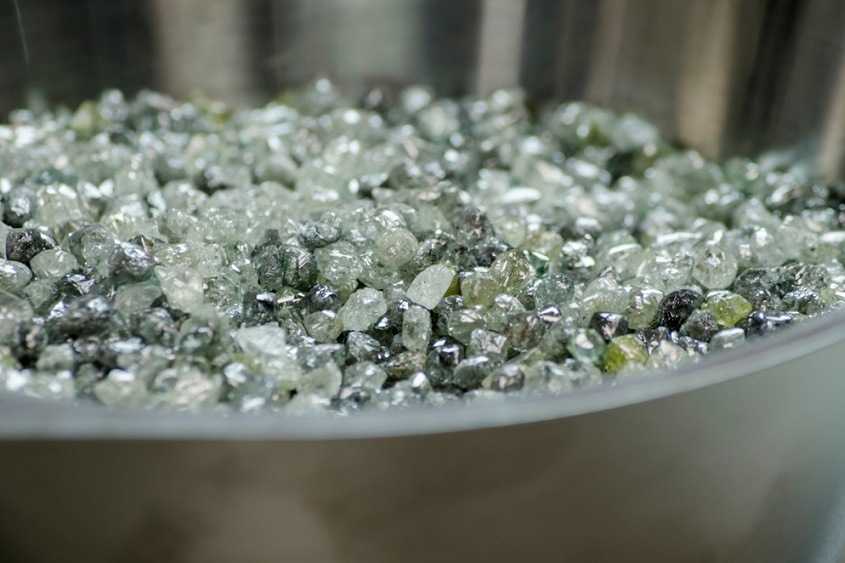The Darya-i-Noor is one of the largest diamonds known in the world and at 186 carats is by far the largest pink diamond in existence.
Originally discovered at India’s famed Golconda mines, the Darya-i-Noor (“Sea of Light” or “Ocean of Light” in Farsi) is a table or Lasque-cut diamond measuring 41.40 X 29.50 X 12.15 mm. Its clarity is unknown, but Golconda diamonds are known for their exceptional quality.
The diamond was first owned by the Mogul emperors. In 1642, the French jeweler Jean Baptiste Tavernier visited India and wrote about a pale pink diamond that weighed over 400 carats that he called the “Diamanta Grand Table” (Great Table Diamond). Researchers believe that the stone was eventually cleaved in two. The larger section became known as the Darya-i-Noor, while the smaller section was named the Nur-ul-Ain and at 60 carats is the world’s second-largest pink diamond.
In 1739, Persia’s Nader Shah invaded India and captured all the Mogul treasure, and the diamond has remained the property of Persia’s successive rulers. Fath Ali Shah Qajar – who reigned from 1797 to 1834 and reportedly believed that the stone had been set in the crown of Cyrus the Great – inscribed his name on one of the diamond’s facets and wore it on an armband and later as a brooch.
In 1848, Nasser-ed-Din Shah inherited the Darya-i-Noor and decided to have it mounted in an elaborate jeweled setting and had it set in a frame crafted from 457 smaller diamonds and four rubies, crowned by the Imperial Government’s lion and sun insignia. Today, the diamond – one of the most celebrated of the Iranian Crown Jewels – is on display at the Central Bank of Iran in Tehran.

